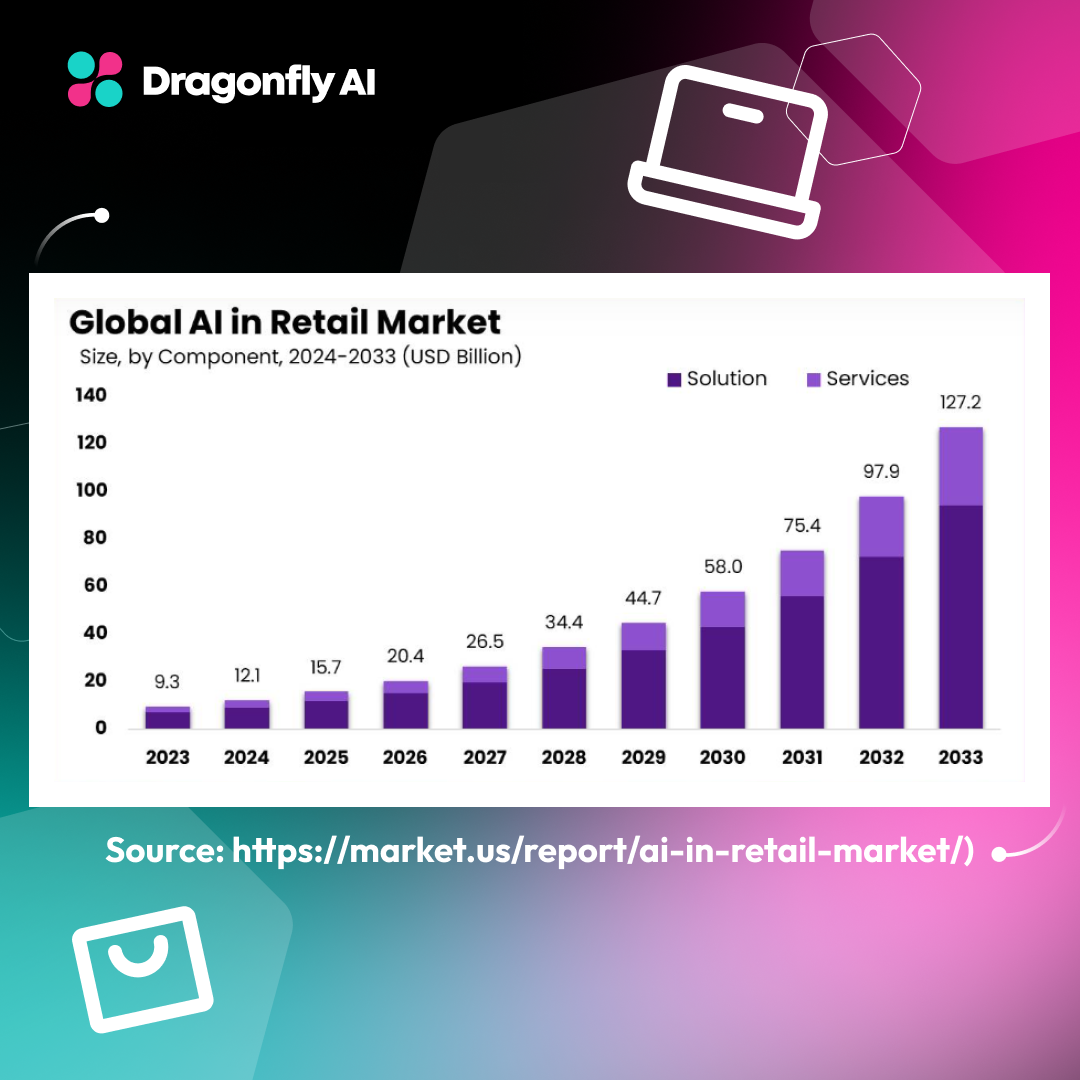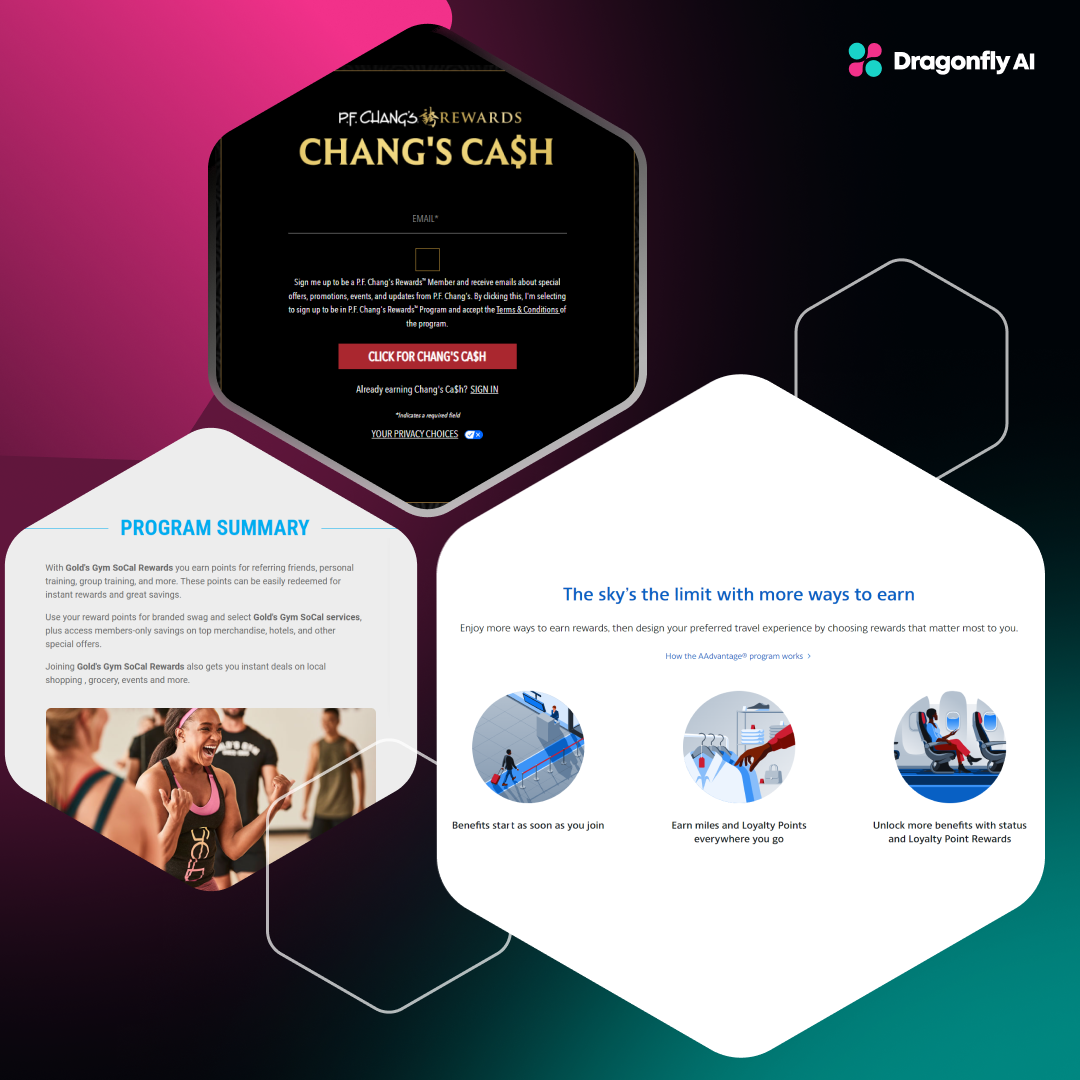Forget the old "mad men" days of advertising propped up by guesswork. Today's digitally-savvy audiences demand campaigns that are as innovative as they are informative. And the brands making the biggest splash fuse analytical precision with compelling creative vision. Blending science and art leads to attention-grabbing and effective ads that leave a mark and create actions.
The Evolution of Advertising
Traditionally, advertising campaigns centered around the large-scale distribution of singular messages designed based on instincts rather than impact metrics. Marketers would craft a campaign theme and create complementary visual assets focused more on wide reach than deep engagement.
This campaign could then be sent out en masse across channels like print, radio, and television. Meanwhile, assessing the campaign’s actual effect on consumer behavior remained challenging at best outside of generalized sales trends.
With the rise of digital channels over the past decade has utterly transformed this process for modern brands. Advanced analytics can now track the journey each consumer takes from initial ad exposure through to final conversion.
Every step offers rich data to sculpt more refined audiences and creatives tailored to foster action. Likewise, digital allows testing variations on visuals, copy, offers, and more to rapidly optimize engagement.
.png?width=1280&height=700&name=Blog%20image%201%20(15).png)
The shifting landscape means that where traditional advertising blended creative and business, modern efforts fuse creative design seamlessly with empirical data. The campaigns are designed to capture people's attention and interest, making them stop scrolling through their feeds. They are also targeted effectively to encourage people to take action.
Understanding Creative Analytics
Creative analytics represents the fusion of art and science that modern advertising thrives on. This process mixes quantifiable data into the creative design process to build campaign elements with proven psychological appeal.
Far from compiling basic metrics, creative analytics provides actionable insights for crafting visually stunning assets that forge authentic connections. Consequently, marketers are empowered to deploy emotionally resonant messaging that’s tuned for peak performance.
Unlike older, more traditional analytics, creative analytics mines the intersection of metrics and meaning. It examines subtle signals like scroll rates, click heatmaps, and gaze tracking to inform designs that captivate.
Yet it also connects consumer psychology and persona psychography to guide creative expression aligned with audience identities. Where traditional analytics deals with surface-level stats, creative analytics reveals the deeper human truths that high-level advertising is built on in the modern digital era.
From this foundation of consumer understanding, creative analytics informs the rendering of:
- Branding elements
- Campaign themes
- Ad formats
- Video content and more.
It enables refined visual storytelling that strikes neurons of nostalgia while suggestively whispering to audiences why your brand understands them like no other. For these reasons, creative analytics sits at the core of memorable and high-converting contemporary advertising efforts.
The Art of Ad Creative Testing
Like any great work of art, advertising creative requires thoughtful iteration and critique before going public. Creative testing allows brands to refine visuals, messaging, and flow based on feedback straight from the source—real target audiences.
This takes campaign development from a guessing game to a scientific process fine-tuned for engagement. When done effectively, testing provides the missing pieces of the puzzle that complete creatives and are ready to captivate consumers.
So, what feeds effective creative testing? The ingredients include:
- Survey testing. Quick validation by asking target consumers direct questions on elements like visual appeal, tone, relevance, and call-to-action clarity.
- A/B split testing. Running alternate versions against each other to determine which creative components compel the highest engagement.
- Eye tracking. Heatmaps highlight where attention focuses in an ad to tailor hierarchy and layout.
- Emotion measurement. Tools gauging emotional response to creative content through facial expressions and biometrics.
Assumption is the origin trigger of all mistakes and will lead to poorly-tested ideas in today's crowded marketplace. But brands leveraging creative testing stand ready to launch innovative campaigns shaped directly by their consumers for maximum impact.
Creative Analysis in Action
Here are three real-world examples of creative analysis in action, particularly in the field of marketing:
Spotify's Wrapped Campaign
Cue the happy dance—Spotify's Wrapped campaign shows exactly how fusing creativity and data packs a marketing punch. This showstopper turns dry listener statistics into highly shareable social media content through sleek data visualization that blends numbers and style. Wrapped’s personalized musical time capsules spark enough annual buzz to get people talking.
.png?width=1280&height=700&name=Blog%20image%202%20(17).png)
Better still, the innovative promotion converts scrollers into engaged Spotify evangelists ready to share the fun with their feeds. It’s a win-win-win stroke of data-inspired creative genius that offers something a little different and is catered to the user. If there’s one thing everyone is sharing during December, you can bet it’s Spotify’s Wrapped playlists.
Airbnb Live There
When Airbnb noticed wander-lusting travelers increasingly yearning for cultural connections over run-of-the-mill tours, their analytics teams pivoted to creative gold. Tapping user data to pinpoint their desire for immersive local living, Airbnb designed the breakthrough "Live There" Campaign.
It celebrated the soul behind every neighborhood with joyful creative swagger. Fusing consumer insights with visual storytelling, the campaign tapped the travel tribe's growing appetite for authentic experiences abroad versus hotel cookie-cutter isolation. The result? An award-winning marketing phenomenon that blends analytics and creativity to rocket Airbnb bookings through the roof.
Patagonia's "Don't Buy This Jacket" Campaign
Patagonia created its "Don't Buy This Jacket" Campaign after seeing growing environmental concerns among customers. It knew sustainability was important to people who bought their gear, and the creative message focused on reconsidering new purchases to reduce waste—even though this was counterintuitive, it aligned perfectly with Patagonia's brand values and mission.
The campaign was bold yet struck a chord. It got lots of attention and reinforced Patagonia as an eco-friendly brand. Surprisingly, sales also increased. This shows how creatively tapping into audience beliefs through marketing can drive real impact. When done authentically, brands can connect with customer values on deeper levels. For Patagonia, this cemented their status as a mission-driven company.
.png?width=1280&height=700&name=Blog%20image%202%20(17).png)
These examples highlight how companies utilize creative analysis to develop marketing strategies that resonate with their target audience, create memorable brand associations, and effectively engage customers.
Integrating Creative Analytics in Campaign Development
Executing a truly data-inspired creative strategy may sound intimidating, but it follows several straightforward phases:
Establish campaign goals and audience personas
Map quantitative outcomes sought alongside qualitative audience insights to guide your strategy.
Derive impact metrics
Determine specific measurement KPIs for outcomes like brand lift, engagement rate, and conversion rate.
Model target consumer decision journey
Outline the optimal path audiences should take from exposure to conversion based on behavior insights.
Strategize creative hooks and content strategy
Brainstorm genuinely compelling creative ideas and messaging grounded in psychographic learnings that align with your brand’s goals.
Design and test creative concepts
Translate ideas into visual treatments and ad formats, then refine using performance-based testing.
Launch campaign and continuously optimize
Activate best-performing creatives while gathering new data to improve messaging further.
The most effective blending of creativity and analytics is a truly right-brained and left-brained effort. Always use metric-driven decisions with an element of human intuition and vice versa. When new performance data contradicts creative assumptions, be willing to evolve. Likewise, trust informed creative risks that the data alone wouldn't dictate. This balanced dance powers breakthrough creativity founded on consumer intelligence.
Measuring Success Through Creative Analytic Techniques
Integrating data and creativity may sound tricky, but it follows a clear recipe. First, define campaign goals—are you driving brand awareness, site traffic, and creating memorable ads? Know the outcomes sought. Then, determine metrics to gauge that success. If it's creating a memorable ad, did viewers perceive your message? Next, map the ideal path to achieve each goal based on consumer insights.
Now, the fun part:
- Brainstorm creative concepts fueled by the data but not constrained by it.
- Draft captivating visual narratives and taglines informed by psychographics that are still infused with imagination.
- Test the best performers, then optimize based on a response before the full launch
Throughout, blend the analytical with inspiration. Follow data signals but leave room for creative courage, and vice versa. Structure informs while instinct ignites. Together, they unlock maximum potential. So, fuse analytics and artistry across each campaign step and prepare for outstanding outcomes.
Challenges and Solutions in Blending Creativity with Data
Like dance partners learning choreography together, there will inevitably be some stepped-on toes when first fusing data-driven creativity. But with patience and practice, a seamless creative tango emerges. Common early challenges include:
Data paralysis of creativity
Embrace creative leaps before relentlessly optimizing; data refines but doesn’t replace human ideas. Start wide then narrow.
Forced connections falling flat
Ensure quantified insights directly translate to improved consumer experiences rather than tacked-on data sets. Let authenticity lead.
Analysis without synthesis
Reflect both left and right-brain thinking in all phases; metrics give the ingredients, but human insight bakes breakthroughs.
Short-term over long term
Continually evaluate performance but make engrained brand building the North Star versus immediate sales; sustainable creative lasts.
Of course, the solutions lie in balancing the quantitative and the qualitative—leveraging where each excels. Data platforms fuel testing while informed designers and copywriters bring concepts to life. Analysts directing psychographic findings do so to inform creative risks rather than restrict them. When powered in unison, data, tech, and human creativity achieve the impacts none could deliver separately. The results are memorable campaigns forged in consumer truths.
The Future of Advertising: Predictions and Trends
We've only scratched the surface of the coming creative analytics revolution in advertising. Already, brands can tap into previously unimaginable consumer intelligence to engineer creative experiences with scientific, emotional precision. But machine learning promises even deeper insights into decision triggers, while augmented reality and interactive environments will further immerse target audiences. Even the creative process itself will transform through generative design powered by consumer preference models.
Soon, real-time biometric data streamed from internet-enabled appliances, vehicles, and devices will help advertisers decode reactions moment-to-moment. Enhanced simulation technologies will also allow the prediction of the performance of countless creative variations before expensive deployment. And as digital spaces mature, they will produce fertile new channels for experiential creative guided by irrefutable data signals.
The path ahead clearly signals advertising entering a new epoch—one defined by the dissolved divide between inspiring art and disciplined science. Think of it as a realm where creativity flows freely, dynamically guided by, and tailored to the people it seeks to connect with. This consumer utopia is fast approaching, with data-inspired design leading the way.
Increase The Impact of Ads with Data
Blending creativity and data holds the key to breakthrough advertising that forges authentic connections. Campaigns improve as they blend data-driven personalization with creative boldness, allowing both emotional appeal and factual analysis to work together effectively.
This virtuous cycle fuels resonant brand identities and delightful consumer experiences. Follow the strategies outlined here to start maximizing impact and power modern advertising success.


.png?width=1280&height=700&name=Blog%20image%201%20(15).png)
.png?width=1280&height=700&name=Blog%20image%202%20(17).png)
